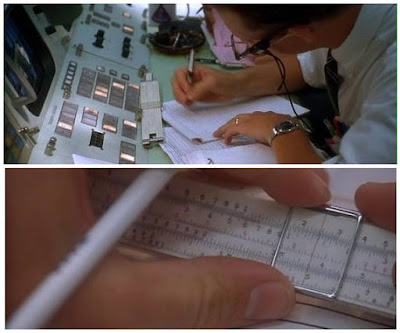Even though no one asked, I’m going to provide some really good test-taking advice. Some of this might seem obvious and the tone might suggest I am making fun of you (that’s because, I am making fun of you, but in a kind and warm way).
First piece of advice: Answer the question that is being asked.
If a question says, for example, “Calculate the density of the salt water in the toy Billy is designing and decide if the toy will work the way he wants it too; explain why or why not.” Then the answer is not the math you have to do to figure it out. The answer is an explanation of why the toy will or will not work the way Billy had intended. In other words, the answer is a sentence or a few sentences. It is not a number.
Second piece of advice: Draw a diagram.
If an assessment question asks you to diagram something like convection inside a pot of warming water, writing a paragraph would not be a diagram. A diagram is a picture that should probably include labels and arrows. As much as I encourage you to write - and sometimes a whole paragraph can seem like a monumental accomplishment - it’s not a diagram. They are different things.
Third piece of advice: Number events in order.
When you are asked to number events in the order in which they occur, use numbers. Don’t use letters. Don’t write down all the events in order. Just put the correct number next to the event on the line provided. If you believe drawing arrows will make things clearer for the teacher, especially if you have already provided letters or made a list (and crossed out and rewritten several of those items), you are mistaken. The arrows don't really help.
Fourth piece of advice: Write complete sentences.
A question that requires a written response will often include the instruction, “Please write 1-2 complete sentences.” You should, and this will be a surprise to many, write complete sentences. If the question asks, “Describe why we see phases of the Moon,” and you answered “Sometimes see more/less - growing/shrinking,” I’m probably going to mark it as incorrect. You really need at least a couple of sentences to properly describe the reason why we see phases of the Moon from Earth.
Fifth and final piece of advice: Use proper vocabulary
In science, we use terms that are specific and intended to clearly convey concepts. If you use vague words and phrases like “one goes around the other,” I probably will have no idea what you are trying to tell me. We teach you vocabulary for a reason - it’s not just to take up valuable space in your brain.
Bonus advice: Take a hint.
If your teacher provides a list of vocabulary words to use when crafting a written response, use at least some of those words in your response. For example, if I asked you to describe the process of convection and suggested you use the words density, particles, condense
and expand, you might well assume I expect to see some, if not all, of those words in your description of convection. If you have written an answer that includes none of those words, you have probably written an incorrect or incomplete response.
and expand, you might well assume I expect to see some, if not all, of those words in your description of convection. If you have written an answer that includes none of those words, you have probably written an incorrect or incomplete response.
I’m certain that putting these simple bits of advice into practice will yield better grades - not only in science, but in your other classes as well.
How’s that? Free advice to help you earn better grades. It doesn’t get any better than that, does it?


